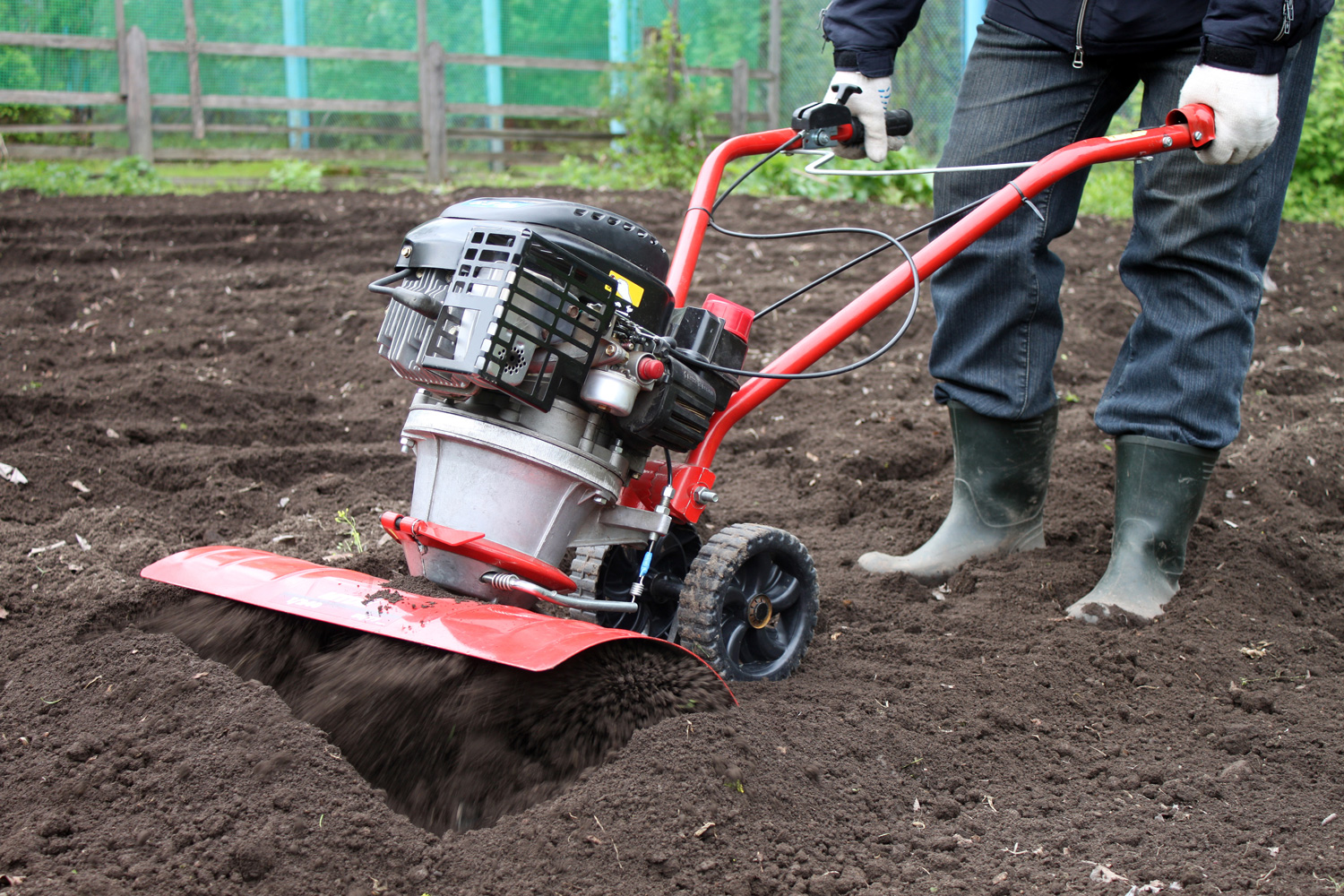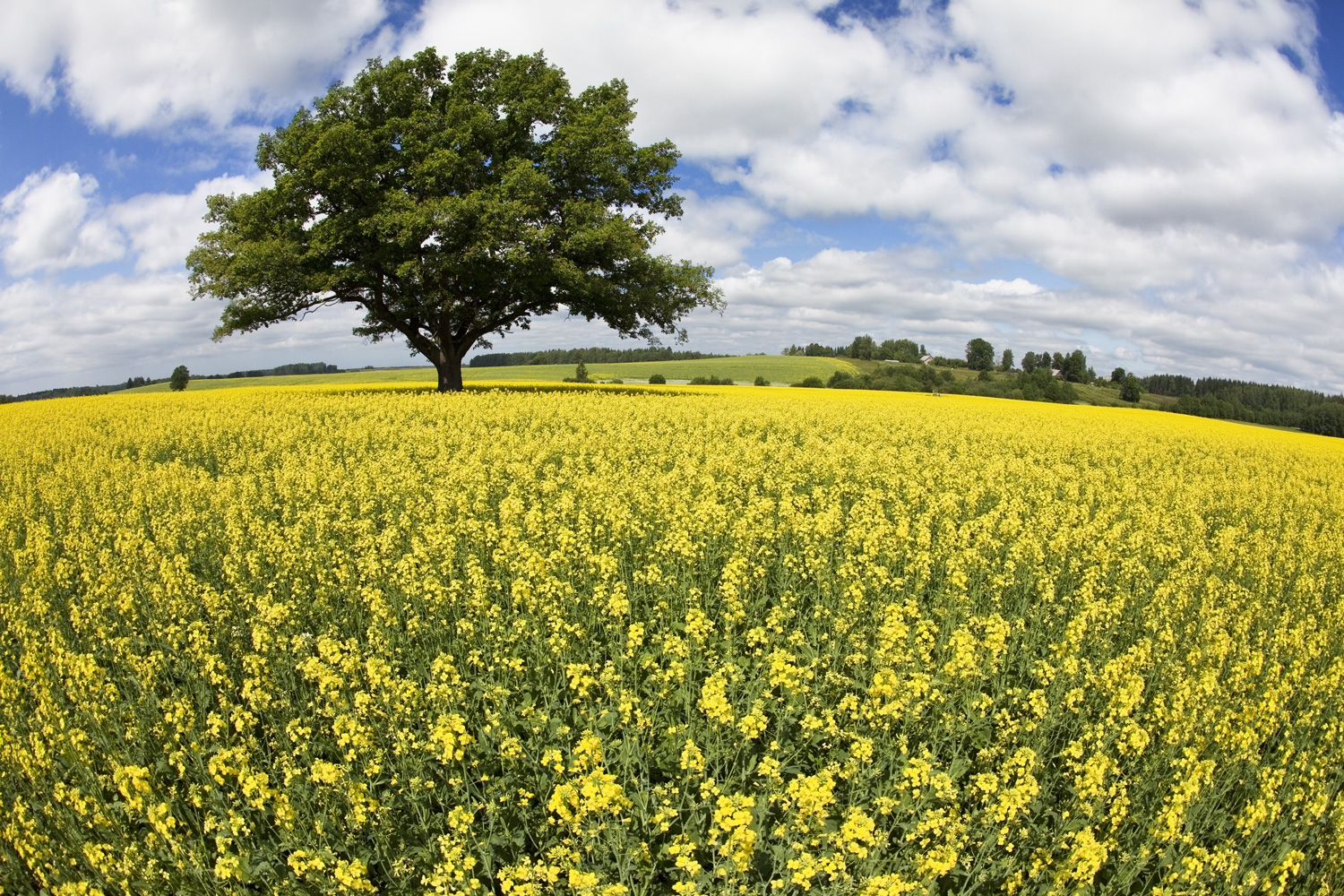When soil is 50% clay or more, it can be difficult to work with and tough on plants. As a result, many people have heard that sand is the answer. It makes sense in a way—that too much clay could be solved by just diluting it with something else. But should you really add sand to clay soil? We've checked with the experts for their advice.
Do not add sand to clay soil. Sand does not mix with clay soil well. It often makes soil noticeably harder and worse—sometimes even like concrete.
Even if the large sand molecules do improve the texture making clay less dense, this can still be problematic. The sand keeps the clay from binding together, which is easier to work with but bad for plants.
Instead, improve the quality of the soil with organic matter such as leaves, mulch, compost, and more. This makes the soil easier to work with but also provides nutrients.
In this article, we'll explain further why adding sand to clay soil doesn't work. We'll cover why clay soil can be a problem and the correct way to make clay soil loamy. We'll offer some additional ideas for improving the fertility of your clay soil. Finally, we have some useful ideas for clay soil that's too hard to dig in.

Should You Add Sand To Clay Soil?
Adding sand to clay soil is a common quick fix. It's also a terrible, terrible idea.
Do not add sand to your clay soil. It won't improve your drainage. In fact, it typically makes a concrete-like mess that does nobody any favors. Sand works best in the right ratio. For the average garden, mixing enough sand in is unrealistic. But not using enough can make it worse.
In addition, the effect of sand varies regionally. Partly, this is because of that issue of ratios. Clay soil can be 50%, 60%, or 70% clay, for example. If you don't know how much of your soil is clay compared to silt or sand now, it's hard to know what sort of mixture you need to correct it.
For this reason, some people swear they've had luck with sand, getting a more friable soil. But most find the results less than pleasing. After all, mixing sand and clay is essentially one way to make hard adobe bricks—not something you want to accidentally create in your vegetable bed.

Even if sand doesn't ruin your soil, it also doesn't help it. It won't improve the soil structure and doesn't add any real benefit. Some people claim that it can improve the texture, but that shouldn't be the ideal goal for any good garden.
Instead, use organic material. You can use compost or manure. Other options include wood mulch, decaying leaves, or even planting a cover crop.
The best cover crop for you depends on what else you'd like to amend in your soil. For example, cereal rye or mustard is great for heavy clay soils. Their deep, fibrous roots help break up the dirt. Meanwhile, clover or vetch add nitrogen to nutrient-deficient gardens.
What Is The Problem With Too Much Clay In Soil?
Clay is one of the most challenging soil types to garden in. First of all, it's just tough. Clay can be very dense, heavy, and hard to work.
But aside from strain on the gardener, it poses problems for your plants as well. Some common issues with clay soil include:
- It's slow to warm up in the spring. This delays planting. If you live in an area where there's already a limited window for gardening, this can be especially troubling.
- Clay soil is easy to compact. This can make it hard for your plants to get good, sturdy roots.
- It's slow draining. Plants that are sensitive to wet roots can be very tough to keep alive in this type of ground.
- Clay soil retains anything it comes in contact with for a long time, not just water. This is great for things like fertilizer but bad for toxic materials. Be cautious adding anything to your lawn that you don't want leaching into your plants. In addition, know that it can take a long time to fix damaged soil.

How Do You Make Clay Soil Loamy?
To make clay soil loamy, the first step is to understand that change won't happen overnight. If you've waited until planting time to fix your soil, it may be best to simply construct a raised bed. This way, you can better control the soil.
But with care and lots of work, you can improve your clay soil. Loamy soil is a combination of clay, silt, and sand. While some plants can tolerate clay, plants as a general rule thrive in rich, loamy dirt.
To test your soil, squeeze a handful into a small ball. Open your hand and check it out. If it crumbles immediately, it's too sandy. Clay looks like a dense ball. When it holds its shape but crumbles if poked, that's loam.
In order to make your clay soil loamy, you need to add organic material. Specifically:
- Add two or three inches of organic matter. Some examples include leaves, grass clippings, manure, compost, and bark. It's best to do this in the fall when it has all winter to decompose.
- Wet the surface thoroughly. Get it good and soaked, as this will help it break down.
- In the spring, till it into the soil about seven inches deep.
- If you've waited too long, you can shorten the times. For example, by adding ready-to-go mushroom compost, you can apply and till on the same day.
- Do not till and plant on the same day. Freshly tilled soil needs time to settle. Among other reasons, seeds can have poor soil contact with dirt that's too aerated. Give everything about two weeks.
- Rushed for time? Wet the soil every day for three days and then let it dry. The best results come from time, but this at least improves your success if you can't wait.

How Do You Make Clay Soil Fertile?
By working organic matter in, you'll improve the soil quality. But, while an important step, it's not the only one. Some other ways to make your clay soil more fertile include:
- Contour the ground using the natural lay of the ground when possible. For example, planting a garden bed where most of your water runoff already goes is a recipe for disaster in clay soil. Use raised beds, swales, hills, and valleys to direct water. By controlling and slowing the flow of water, you can find good planting spots that won't be as likely to get waterlogged.
- Aerate the soil twice a year. This prevents compaction, a common problem with clay soil. Use any tool you like, but a common one is a broad fork. You can learn more about how and why to aerate here: Should You Aerate Your Lawn Every Year?
- You can use plants with deep roots to help break up the clay. Some examples include cover crops like mustard or cowpea or annual plants such as artichoke or daikon radish. Need more ideas? Check out 12 Ground Cover Plants For Clay Soil
- Don't skip the mulch. Many people put off adding mulch, thinking it's just for reducing weeds. But mulch covers the soil surface, preventing compaction. And it's more organic matter, which can then be tilled into the soil later.
- Make smaller or thinner beds so you don't have to walk in them. Walking through your garden will compact the soil all over again. Arrange your beds so that you can reach everything without having to walk around the plants.

How Do You Dig In Clay Soil?
Obviously, improving your clay soil will then make it easier to dig. In addition, it makes your soil more fertile. So amendments and other soil fixes are the best answer.
But change doesn't happen overnight. If you're working on better soil, what can you do in the meantime? If you've snapped a shovel or two trying to dig in hard clay soil, there's hope.
Consider using a tile shovel, which is the best shovel for clay soil. You can also try a pickax or digging bar. A posthole digger may also be effective.
Does this still sound like too much work? One tool that might help is the Power Planter.
If you have a cordless drill, you can add this useful attachment to dig in your clay soil without breaking your back. The video below shows the product in use.
Just be warned: only use this with a heavy-duty 18-volt drill. Always follow the directions for the proper speed setting. Improper use absolutely can and will ruin your drill.
The auger attachment is available in a variety of sizes to fit different drill chucks. Please note that this is a product available in many "knock-off" versions, so if you're shopping on your own, beware.
The official Power Planter is made in the USA with a limited lifetime warranty. This is a popular size that works for many:
Click here to see the Power Planter on Amazon.
In Closing
Organic material can be added to clay soil to make it loamy and improve the soil quality and texture. While adding sand is a common "gardener's myth," it's a bad idea. In many types of soil, sand actually creates more problems in the dirt and may even create a hard, concrete-like substance.
Even in the rare regions where sand does improve the texture, it still won't benefit the soil itself. Instead, use organic matter to improve the soil and provide important nutrients. You can also make clay soil easier to work with by aerating twice a year, using cover crops, and always using mulch to prevent compaction.

